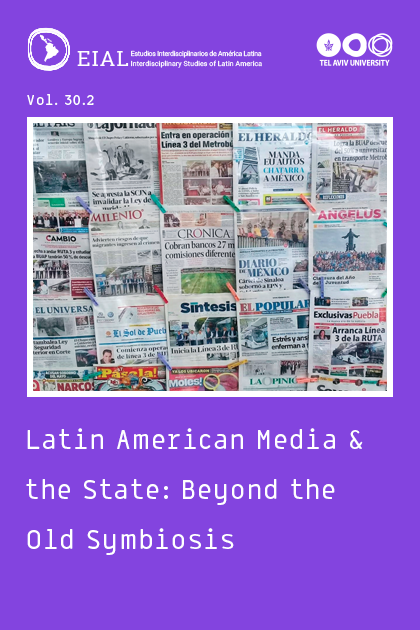Abstract
Brazil’s three leading newspapers, O Globo, Folha de S. Paulo, and O Estado de S. Paulo, act as political actors whose ideological positions tend to mirror those of the dominant elites in a heterogeneous fashion. This thesis is discussed here in the light of two intertwining theories: the organizational and ideological levels of analysis proposed by Pamela Shoemaker and Stephen Reese’s hierarchical model of influences on media content (1996), and the media’s tendency to intervene in political debate, engage in advocacy, or influence political events, as suggested by Daniel Hallin and Paolo Mancini’s model of political parallelism (2012). This essay examines data from over 20 studies, mostly conducted by Brazilian researchers, about the leading newspapers’ coverage of the elections and terms of presidents Fernando Henrique Cardoso (1995-2002), Luiz Inácio “Lula” da Silva (2003-2010), Dilma Rousseff (2011-2016) and Jair Bolsonaro (2019- present). These studies collectively corroborate the idea that the Brazilian news media offer content that seeks to further their own interests and reinforces the power of elite groups, if less effectively so since 2018. The findings from these studies are embedded in a historical narrative about the aforementioned presidential elections.

